Fiberglass Tape:Lengths of 50', 100', 200, and 300' common. Tape maybe graduated in feet and inches, feet and 1/100', or metric.
(Measuring, Layout, and Surveying) |

|
Micrometer:Sizes range from 0 to 1 inch up to 12 inches.
(Measuring, Layout, and Surveying) |
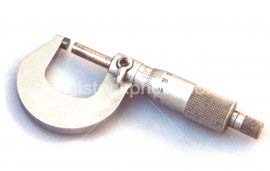
|
Steel Tape:It should be cleaned after using and kept free from rust.
(Measuring, Layout, and Surveying) |
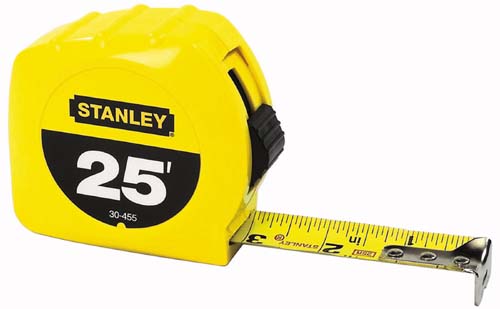
|
Measuring Wheel:Used to measure long distances such as field boundaries or road length where high accuracy is not required.
(Measuring, Layout, and Surveying) |
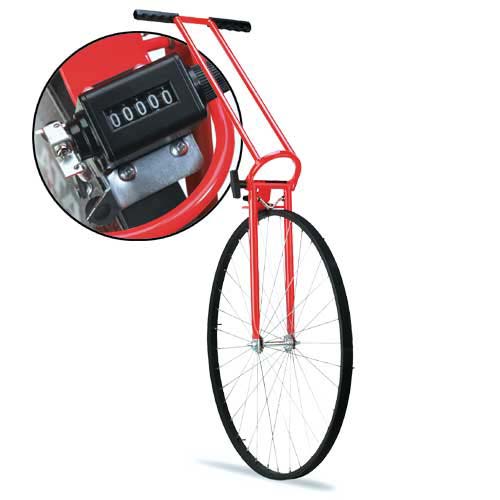
|
Rafter Square:An aluminum square marked for cutting rafters and angles. Also can be used as a guide for cross cutting with a circular saw. Small size will fit in a nail pouch.
(Measuring, Layout, and Surveying) |
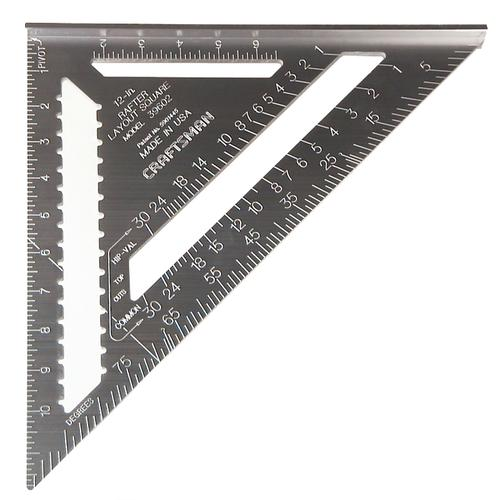
|
Try Square:It is marked in 8ths and 16ths of an inch.
(Measuring, Layout, and Surveying) |
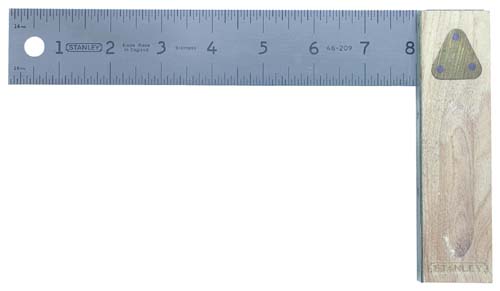
|
Framing Square:Rafter framing squares are marked in 12ths of an inch on the back side. Also called a Carpenter’s or steel square. Many of these squares are inscribed with rafter tables.
(Measuring, Layout, and Surveying) |

|
Combination Square:A level and a scribe are contained in the beam.
(Measuring, Layout, and Surveying) |

|
Depth Gauge:Usually graduated in 32nds and 64ths.
(Measuring, Layout, and Surveying) |

|
Sliding "T" Bevel:After it is set at the correct angle, it is much the same as a square.
(Measuring, Layout, and Surveying) |

|
Outside Calipers:The calipers are adjusted to the outside diameter of the object and then laid on a rule where the reading is taken.
(Measuring, Layout, and Surveying) |

|
Dial Caliper:Capacity is from 0 to 6 inches.
(Measuring, Layout, and Surveying) |
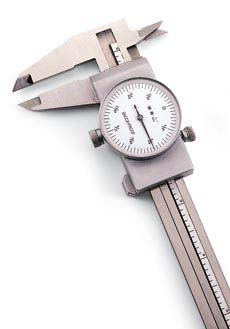
|
Fractional Vernier Caliper: Direct reading of 16ths and 32nds of an inch on the handle, and vernier readings of 1/128 inch.
(Measuring, Layout, and Surveying) |

|
Inside Calipers:The calipers are adjusted to the diameter of the object and then laid on a rule where the reading is taken.
(Measuring, Layout, and Surveying) |

|
Line Level:It consists of a bubble tube housed in a metal or plastic case which has hooks for attaching to the line.
(Measuring, Layout, and Surveying) |

|
Carpenter's Level:Used for marking level lines and for checking surfaces for level and plumb. Typical length 24-48 inches. Longer levels are often called masonry levels since they are commonly used to lay brick.
(Measuring, Layout, and Surveying) |

|
Protractor:It is graduated from 0 to 180 degrees.
(Measuring, Layout, and Surveying) |
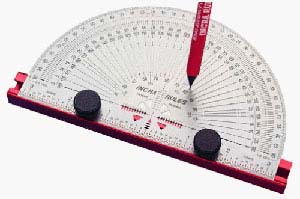
|
Feeler Gauge:Used for gauging the clearance or spacing of valve tappets and other jobs where accurate measurements of .001 to .032 may be desired.
(Measuring, Layout, and Surveying) |

|
Dividers:Used for marking out circles or parts of circles, for transferring or duplicating short measurements, and for dividing distances into a number of equal parts.
(Measuring, Layout, and Surveying) |
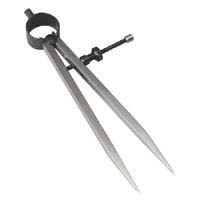
|
Chalk Line:A special container contains the chalk powder and line which is on a winding spool.
(Measuring, Layout, and Surveying) |
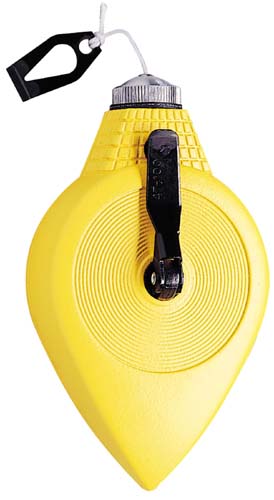
|
Plumb Bob:It can also be used to establish a plumb line in laying brick or concrete blocks. Also used to establish a survey instrument (like a transit) above a specific point.
(Measuring, Layout, and Surveying) |
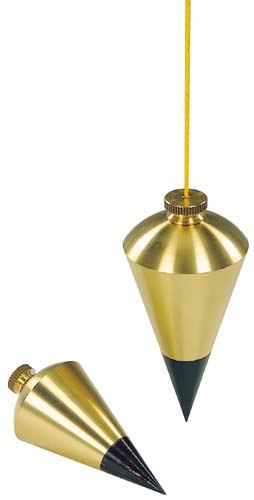
|
Scratch Awls:Also used as a punch for making small holes in light gauge sheet metal for the insertion of sheet metal screws.
(Measuring, Layout, and Surveying) |

|
Soapstone:Unlike chalk, it is hard enough not to mark hands or clothing and can be used in holders that resemble pencils.
(Measuring, Layout, and Surveying) |

|
Scribe:The tip is brittle and will snap off if dropped on the point or used as center punch.
(Measuring, Layout, and Surveying) |
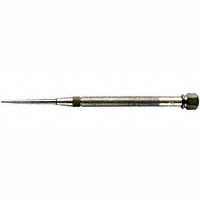
|
Surveyor's Steel Tape:Quite often called a “chain.” These may be stored on a reel or coiled.
(Measuring, Layout, and Surveying) |
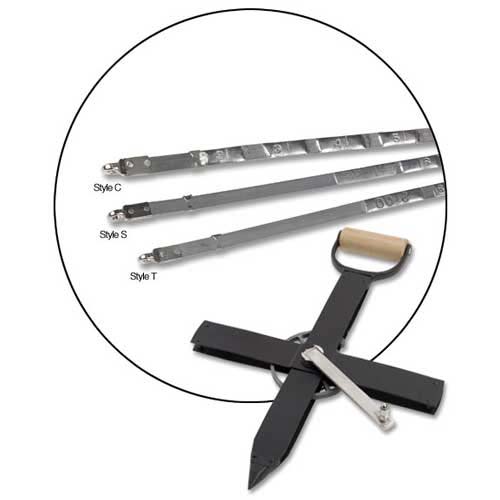
|
Laser Level Receiver:The receiver that detects the laser beam of the laser level. Can be fitted to a Philadelphia or Direct Elevation rod.
(Measuring, Layout, and Surveying) |
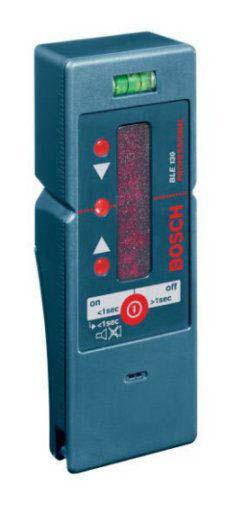
|
Direct Elevation Rod:Rod reads elevations directly (without subtraction from the HI) by used a sliding tape. Some rods have a cut/fill scale for use in grading.
(Measuring, Layout, and Surveying) |

|
Builder's Level:A telescope instrument used to check level of forms or field grades. Builders' levels are designed to be used for short distances. Farm or dumpy levels are similar to builder's levels, but have more powerful telescopes. Farm levels are used for longer distances. Both instruments are leveled manually using adjusting screws. An “auto” level requires less manual leveling and has only three leveling screws.
(Measuring, Layout, and Surveying) |

|
Global Position System Receivers:Commonly called GPS receivers, they used satellites to establish the user’s position (e.g., latitude and longitude). Recreational receivers have an accuracy of 13 m and survey grade receivers have an accuracy of 2 cm. Differential GPS receivers (accuracy 2cm – 1 m) are commonly used in agriculture to map field boundaries, scout fields, and provide tractor guidance.
(Measuring, Layout, and Surveying) |

|
Transit:Similar to a level, but a transit telescope can be tilted vertically to measure vertical angles. Surveyor’s have generally replaced these with “Total Stations”, but transits are still used to measure vertical angles in construction.
(Measuring, Layout, and Surveying) |
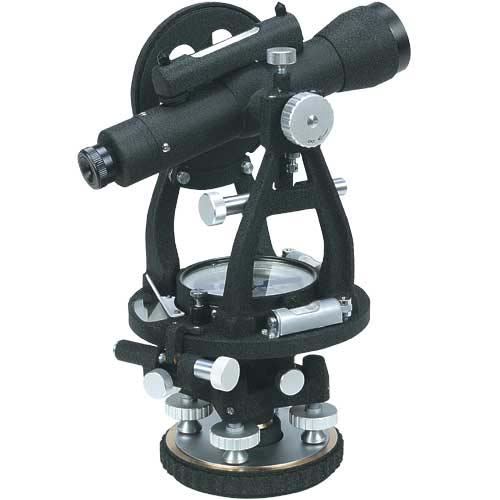
|
Laser Level:A level that used a rotating laser beam to establish a level plane. Leveling can be done with a single person.
(Measuring, Layout, and Surveying) |
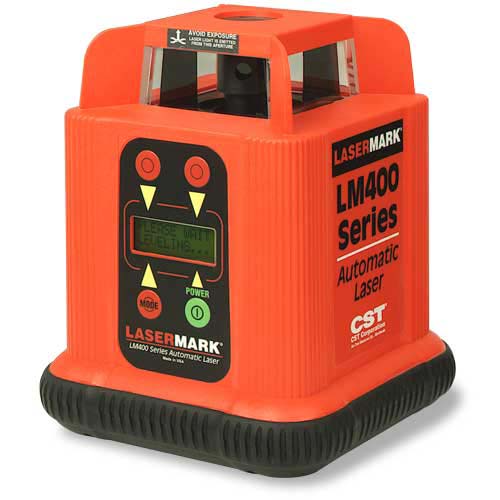
|
Surveyors Arrows:Sizes range from 10 to 14 inches in length. Used to mark distances when "chaining" or measuring distance.
(Measuring, Layout, and Surveying) |
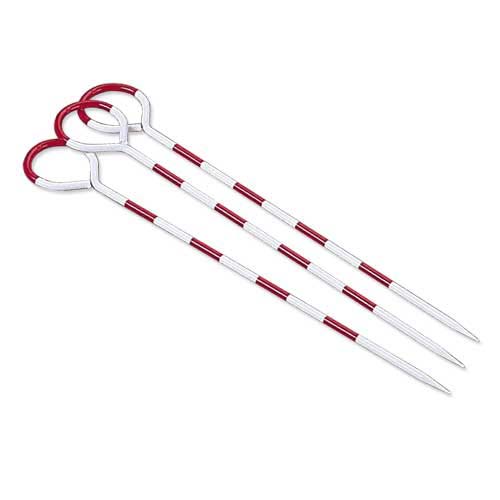
|
Philadelphia Rod:Reads like a tape measure. An adjustable target is available to allow readings up to 700 feet in distance.
(Measuring, Layout, and Surveying) |
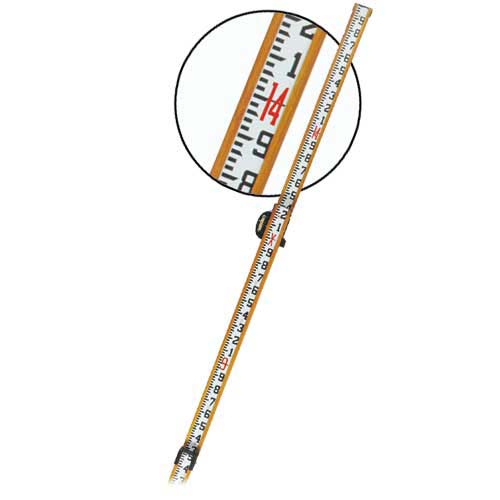
|
Range pole:A simple pole used in lieu of a rod where elevation measurement is not needed.
(Measuring, Layout, and Surveying) |
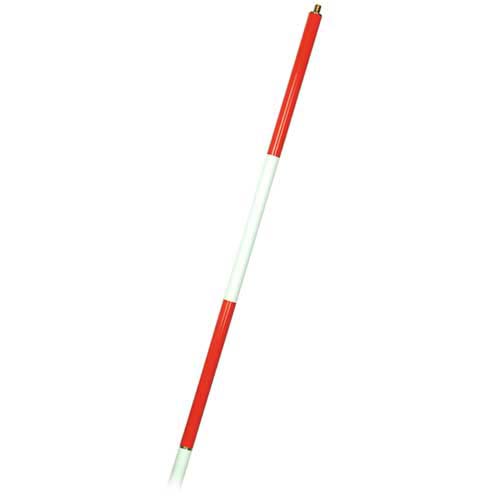
|
Rod Target:Used with the surveyor’s rod to allow readings at a greater distance.
(Measuring, Layout, and Surveying) |

|
Surveying Tripod:Used to hold a level or other survey instrument. To protect threads, keep cap on when not in use.
(Measuring, Layout, and Surveying) |

|
Hand Level:The hand level is held in the hand thus providing little accuracy.
(Measuring, Layout, and Surveying) |
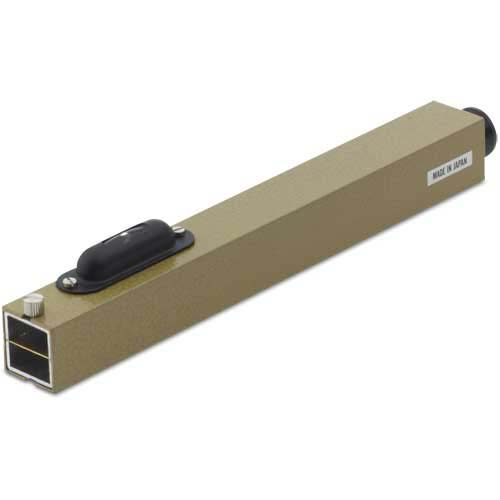
|




































